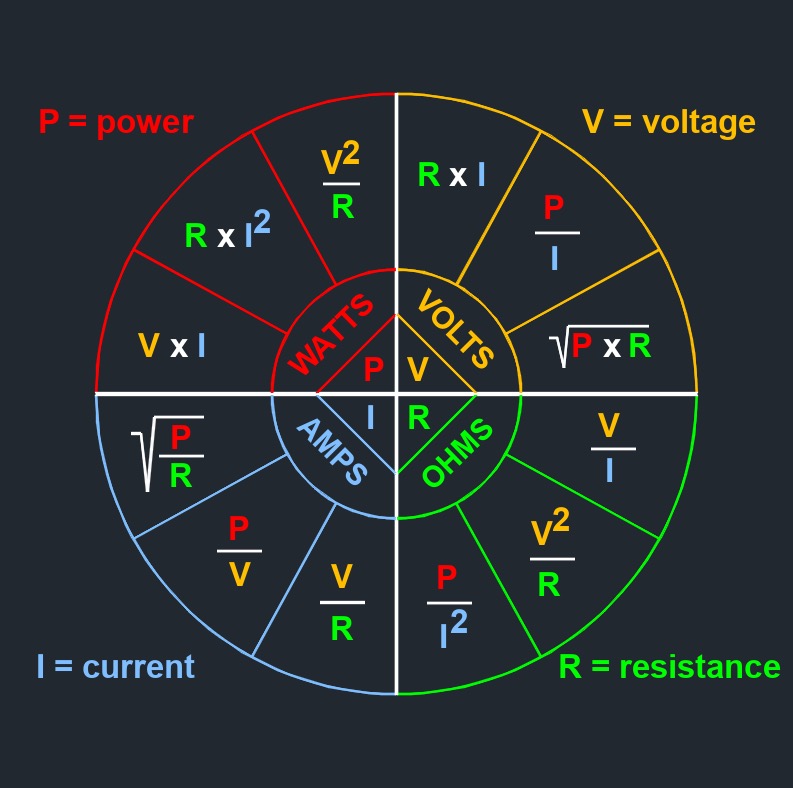Permittivity
 Permittivity, abbreviated as \(\epsilon\) (Greek symbol epsilon), is a physical quantity that describes how an electric field affects and interacts with a dielectric (insulating) material. The permittivity of a material is a measure of its ability to permit the flow of electric field lines. Its the ability of a substance to store electrical energy in, and release energy from, an electric field.
Permittivity, abbreviated as \(\epsilon\) (Greek symbol epsilon), is a physical quantity that describes how an electric field affects and interacts with a dielectric (insulating) material. The permittivity of a material is a measure of its ability to permit the flow of electric field lines. Its the ability of a substance to store electrical energy in, and release energy from, an electric field.
- Absolute Permittivity - The ability of a material to permit the electric field through it. It's essentially the same as relative permittivity (dielectric constant), but without comparing it to vacuum. The absolute permittivity of a material is a measure of how much electric flux can pass through it per unit electric field strength. Materials with higher absolute permittivity can permit more electric flux and are typically better insulators.
- Relative Permittivity - A dimensionless number, also called dielectric constant, is the ability of a material to permit the electric field through it, relative to the permittivity of vacuum (\(\epsilon\)_0). Relative permittivity quantifies how much a material can be polarized under the influence of an electric field. Materials with higher relative permittivity can be more easily polarized and tend to exhibit stronger interactions with electric fields. Materials with lower relative permittivity are less polarizable and often behave more like conductors.
The permittivity of a material determines how much the electric field is weakened or strengthened when it passes through that material. High permittivity means the material is a good insulator, while low permittivity means it allows the electric field to penetrate more easily. Permittivity is a concept in understanding the behavior of electric fields in different materials and is fundamental in the study of electromagnetism.

